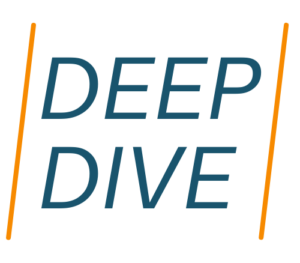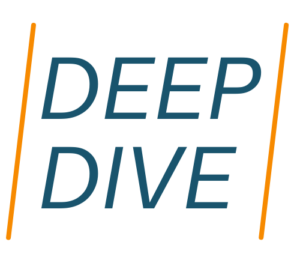
A Brief Note on A/B Testing…
Do you practice A/B testing in any aspect of your business? A/B testing has been around for roughly a quarter of a century.

Do you practice A/B testing in any aspect of your business? A/B testing has been around for roughly a quarter of a century.

You need to be logged in to view this content. Please Log In. Not a Member? Join Us

SWMS tends not to cover the business initiatives of its subscribers, but the Marker Collective has embarked on something revealing. The parent org of Archetype,

A veteran tech edit freelancer one told SWMS that freelancers are entrepreneurs like any other. Time is money. Profit beats all. Few PR pros pitch with this in mind — but they won’t be able to break through with John Edwards unless they do.

Ever use AI to test pitches before sending them to reporters? Try it sometime. It’s a fun way to improve them. For the proper horsepower, you’ll need a paid subscription to a Gen AI service such as GPT-4 or Claude 3.

Just for fun, try creating the story pitch after the story is written. We did that this week, using generative AI. We pasted an already-published story into each of three GenAI tools and asked it to write a compelling PR pitch based on that article.

It’s 2026. You’ve got a new job, earning $250K a year as “VP, Pitch Analytics.” You’ve got a modest budget to retain freelance tech reporters. You manage an intern.

Sometimes it’s easy to forget that when you’re pitching Tier 1 reporters, you are pitching their bosses at the same time. That’s why it’s helpful to understand the entire editorial process in the publications you’re pitching — not just the persuasion part.

Search platform TechNews last month introduced features that let users spot trends deep within tech editorial. Launched as IT Database in 2007, TechNews is widely used within tech PR to learn who is writing what.

You need to be logged in to view this content. Please Log In. Not a Member? Join Us
YOUR ACCOUNT
FRIDGE NOTES
The day is coming that you will not be able to avoid framing the targets in terms of red or blue. So far you’ve been able to do that. Those days are coming to a close: large swaths of “the audience” are headed in this direction. If you don’t believe it, read this from Bloomberg. You will never see better reporting than this.
Superb reporting from Business Insider on what comes after Google Search. All the experts quizzed. The gist: these technologies and techniques are borderline mythical at this point.
In the latest installment of Sound Thinking...David Strom, a well-known IT reporter and security expert, discusses the threat of AI tricking security systems and luring them to catastrophe. What will that mean to editors? When will it happen? It’s not an if, it’s a when.
Good vision here from Jay Lauf. Interestingly, Jay suggests that B2B publishing will become a service business to B2B pros, providing value directly to individuals and organizations. Static content is dying very quickly. This is the point of the analysis from this great media organization.
America can’t read anymore. The good news: advertisers can advertise against different kinds of emotion in the copy. So even if the numbers of readers drop, there are more ways to attract ads. So perhaps the bad news will get cancelled out by the good. Sam Whitmore and David Strom discuss.
Can you imagine not needing to be a human being to be a superstar? You may remember Max Headroom. There’s plenty of examples of technology personas, but AI is a different world altogether. Is there a tech media angle to this item? Not really, but here she is — Xania.